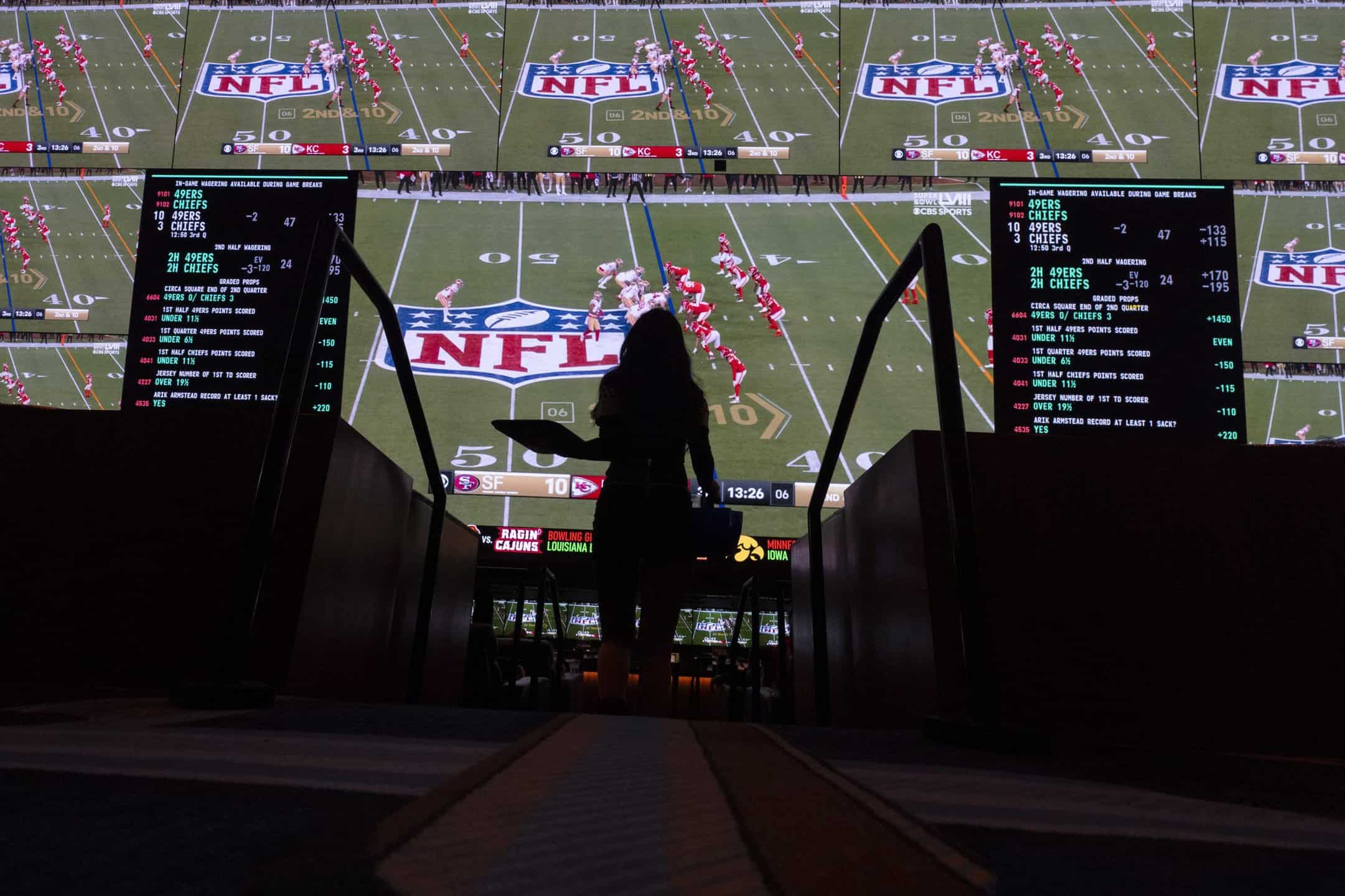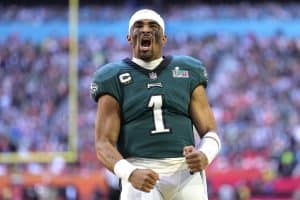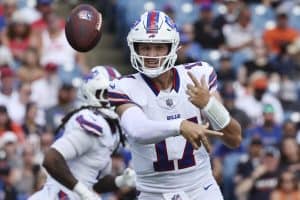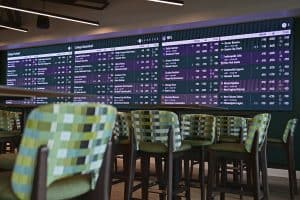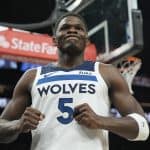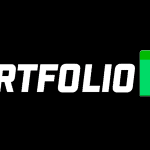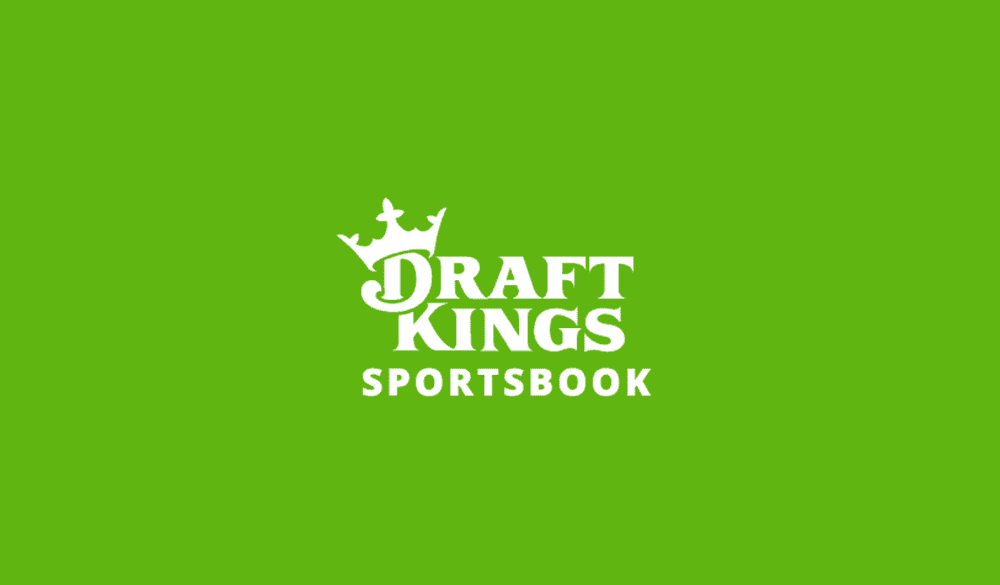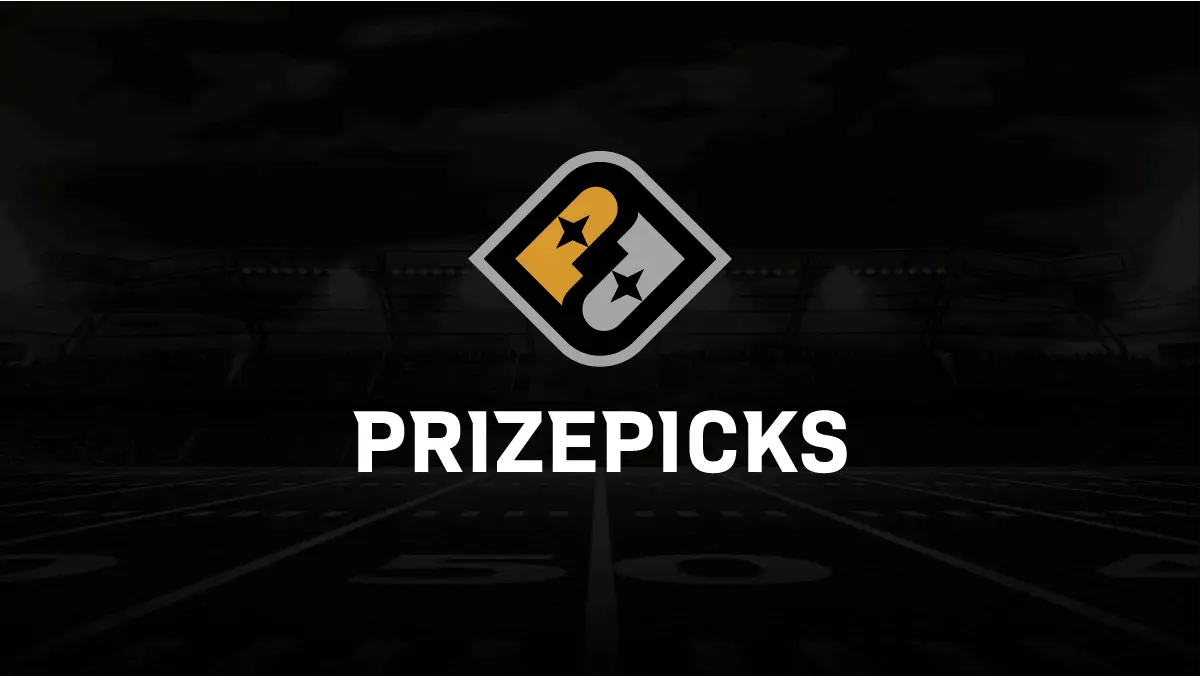If you’ve ever bet on sports, you may have pondered, “How do sportsbooks make their money?” The answer to this question is relatively simple. You’ve likely heard the terms “vig,” or “vigorish.” Also known as “juice” or “the hold,” this is the fee that a sportsbook charges for accepting a bet. The juice is factored into the odds, which is a big part of how sportsbooks set lines. Fortunately for us, we can take advantage of how sportsbooks work to beat them with a specific sports betting strategy — more on this later.
How Do Sportsbooks Make Money? Using How Sportsbooks Set Lines to Beat Them
How Do Sportsbooks Make Money?
The goal for bookmakers is to balance action on each side of a bet, securing the sportsbook’s profit regardless of the outcome. For example, in a standard point spread bet with odds of -110, the bettor must wager $110 to win $100.
The extra $10 is the vig. Even though the other side pays out the winners, if the books have equal action, then that additional $10 on all of those losing tickets guarantees them a profit.
Of course, sportsbooks make money in a variety of other ways, too. For instance, public books in the United States will often overcharge for bets they assume the public will want to bet.
A perfect example of this overcharging is, well, overs. If you compare the odds for an over at a domestic book relative to a sharper offshore, you’d usually be paying more at the domestic.
Books also make money by pushing parlays, especially same-game parlays, which have a low win probability. The books know they’ll lose some, but that’s a risk they’re more than willing to take.
How Do Sportsbooks Set Lines?
Not all wagers are created equal; and, nowadays, the standard vig often deviates from -110.
Due to the expansion of legalized sports betting, there are various books that are competing with one another and may need to charge a higher tax to turn a profit. So their standard odds may vary, sometimes stretching to -120 or higher.
The amount of attention a book receives on a bet can also dictate the fluctuation of the odds.
Another term you’ve probably heard is “betting splits.”
This has become a popular method for bettors to utilize so they can align themselves with the so-called “sharp money” as opposed to “public money.”
A long-term profitable bettor will have more influence on the alteration of the odds than a group of casual players.
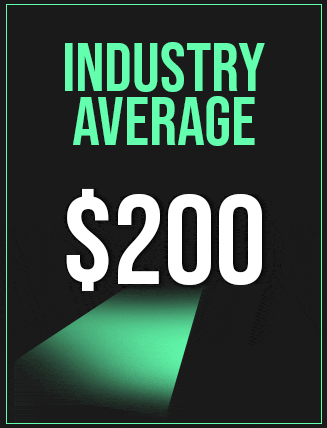
If that successful handicapper is betting heavily on one side, it suggests they believe they have an edge on the number that the sportsbook is posting. The operators will notice this and adjust accordingly – potentially not only moving the odds, but the line by half a point or more to balance their risk.
Changes in lineups, injuries, weather conditions, etc., can also contribute to shifts.
Understanding How Sports Betting Markets Work
Many novice bettors neglect market movements and focus solely on the side they believe will win. If you talk to any professional handicapper, though, they will emphasize the importance of respecting the market.
For example, if you see the line for the Chiefs move from -7.0 (-110) to -6.5 (-110), it’s worth noting. Since 7 is a key number in the NFL, a move from -7.0 to -6.5 might indicate that sharp bettors are backing Kansas City’s opponent at +7, or that the sportsbook is trying to balance action by encouraging more bets on the Chiefs at -6.5.
It’s especially crucial to be aware of this at sharper sportsbooks.
Understanding these movements can help you make more informed decisions. If you’re ahead of the market, you might be able to place a bet at +7 before it moves to +6.5, gaining closing line value (CLV). Consistently acquiring CLV can improve your profitability over time.
Using OddsShopper’s +EV Betting Tools to Beat the Books
Attempting to keep track of every bet that may present an edge, or expected value (EV), is strenuous and unrealistic for one person to do. Luckily, OddsShopper’s +EV betting tools do all the work for you.
Our model collects odds from across the sports betting market, adjusts for factors like hold and book sharpness and then generates a breakeven price called “true odds.” We compare all sports betting odds against these true odds.
When a wager has longer odds than the true odds, it indicates a +EV bet. We know this because our model is thoroughly backtested to ensure it consistently delivers a positive return on investment.
While you can dig up a +EV bet by other means, using OddsShopper’s market-based approach is a great way to build your bankroll and save yourself some time.
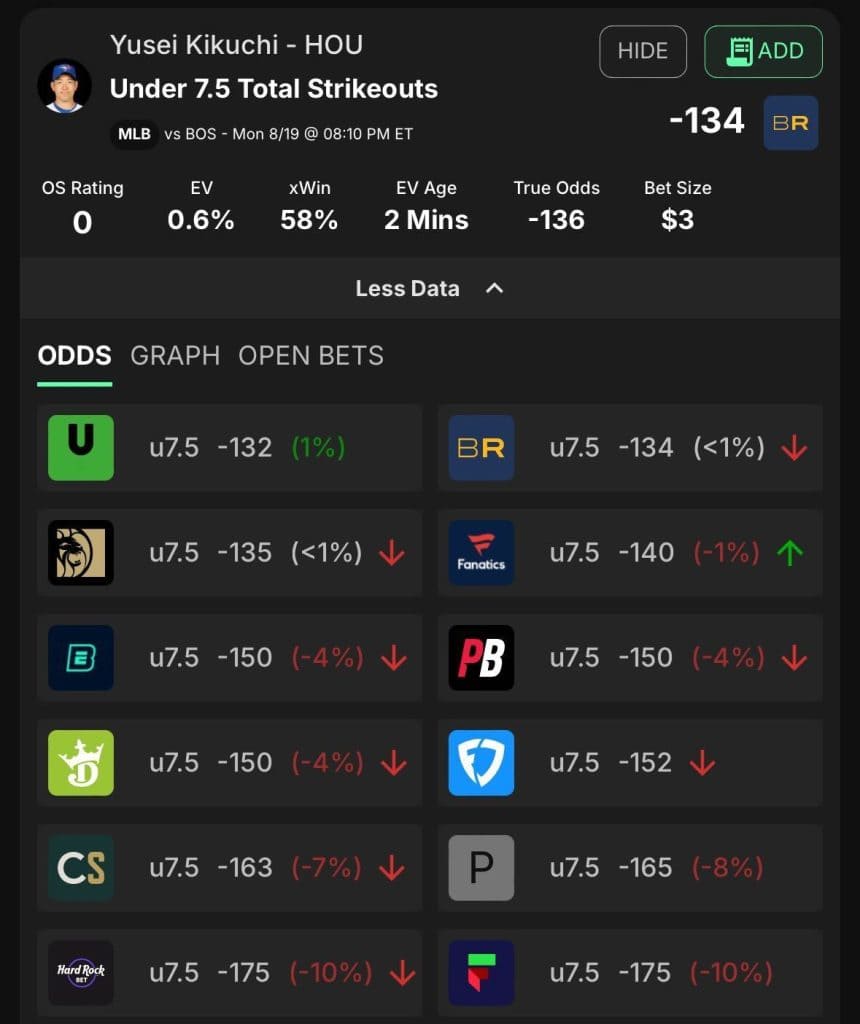
Conclusion
So, when you hear the term “Vegas knows,” it’s not entirely accurate. Sportsbooks set initial lines and adjust based on market volume, which dictates the closing number. As long as they can cover themselves on both sides and ensure a profit, they are satisfied. While it doesn’t always work perfectly, it happens enough to keep those big, fancy lights on. Use data like our +EV betting tools to help you stay ahead and minimize unnecessary losses.
